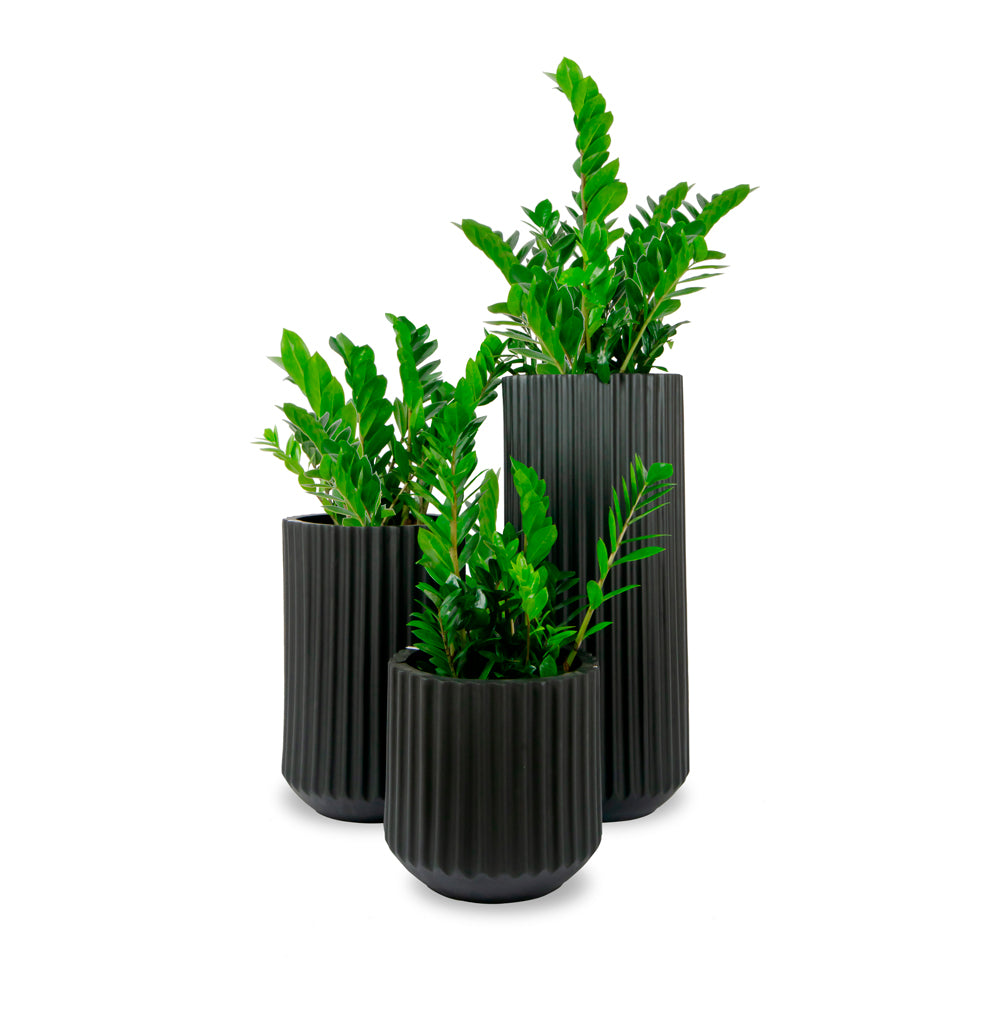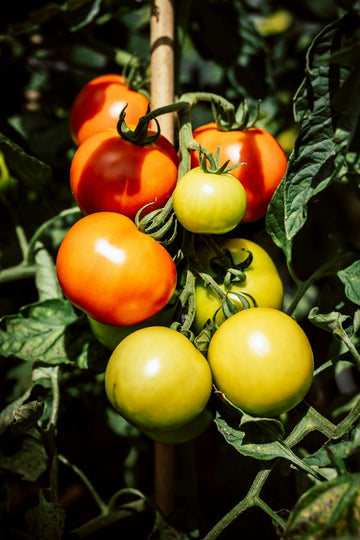Hey there fellow green-thumbs! Spring is just around the corner, and it's time to start thinking about getting your gardens ready for the new season. Whether you're a seasoned pro or a first-time gardener, there are a few things you can do to make sure your garden is in its best shape come springtime. We have everything you need to give your garden a much-needed makeover, from restoring depleted soil and grass to dusting off your gardening tools. Let’s get started!
Here are Some Makeover Tips for Your Garden
Get Down and Clean | Time for a Trim | Compost | Spruce Up Your Gardening Tools | Banish All the Weeds | Bye-bye Pests | Revive, Rejuvenate, Refresh | Drain All the Way | Planter Recommendations
1. Get Down and Clean

First things first, let's talk about cleaning up the garden. Now is the time to remove any dead or dying plants, as well as any leaves or debris that may have accumulated over the winter. This will not only make your garden look tidier, but it will also help to prevent pests and diseases from taking hold. Old leaves and debris can still have diseased spores on them, which can easily infect any new plant growth. Not only does tidying up your garden prevent diseases, but it also helps you to identify new plant growth.
(back to top)
2. Time for a Trim

Trimming your plants before spring is like giving them a fresh haircut before a big party. It helps them look their best, and also helps them grow stronger and healthier. By cutting back any overgrown or leggy branches, your plants will be encouraged to put their energy into producing new, healthy growth. Also, trimming off any dead or dying branches or leaves helps to remove any potential breeding grounds for pests and diseases.
(back to top)
3. Compost - Compost - Compost

The leaves, debris, and trimmed stems can all be thrown into a compost bin to make mulch for your soil. Spring is the perfect time to add organic matter, such as compost, to your soil to help improve its structure and fertility. If you don’t already have a compost pit ready, now would be a good time to start. If you do have one, you would need to turn over the compost as they have been resting during the winter season and you would find healthy mulch at the bottom that can now benefit your fresh growth.
(back to top)
4. Spruce Up Your Gardening Tools

Now is the time to give your gardening tools a spa day! Dull tools can make gardening a real chore. They can make it harder to cut through tough soil or to prune branches neatly. You could end up damaging your plants if your tools are not sharp enough. And don’t forget the cleaning! After a long winter, your tools might have a bit of rust or dirt buildup. Cleaning them before spring will not only make them look better but also prevent them from spreading any dirt or diseases to your plants. Plus, it will make them last longer, which is always a good thing. So, grab your tool kit, and give your tools the spa day they deserve before they hit the garden hard this spring season.
(back to top)
5. Banish All the Weeds
Weeds can be a real problem in any garden, so get ready for some deep cleaning! Weeds can steal nutrients and water from your plants, and also be a breeding ground for pests and diseases. But if you clear them out before spring, you'll be giving your plants a fighting chance to thrive. Additionally, clearing weeds can also help to improve the overall appearance of your garden. Nothing ruins the aesthetic of a beautiful garden like a bunch of weeds. Since the rest of your plants are now dormant, you would be able to see weeds clearly without all the dense foliage. So, grab your gloves and start pulling them out!
(back to top)
6. Bye-bye Pests

Pests can cause a lot of damage to your plants, and if left unchecked, they can quickly ruin your entire garden. While your plants were hibernating, there would be pests and insects that have taken shelter in your dormant plants. You would find them hiding under the leaves or between thick growth. Get a natural insecticide like neem oil spray and go after these little critters, before putting in any new plants.
(back to top)
7. Revive, Rejuvenate, Refresh
It is important to assess the condition of your soil. You'll want to check for things like pH levels, nutrient content, and drainage. This will help you understand what your soil needs to be healthy and productive. Take a handful of soil and squeeze it tightly. When you open your fist your soil should have crumbled, instead of forming clumps. This is a simple test to check soil quality. This is also the perfect time to start adding some organic matter to your soil. This can be things like compost, leaf mould, or well-rotted manure. These materials will help to improve the structure and fertility of your soil. It's like giving your soil a multivitamin, it will help it to be stronger and healthier.
(back to top)
8. Drain All the Way

Another important step in getting your garden ready for spring is to make sure it is well-drained. If your garden is prone to standing water, you may need to add some drainage to prevent waterlogged roots. You can do this by adding a layer of gravel or crushed stone to the bottom of your garden beds, or by installing drainage pipes. It would also help if your garden is slightly elevated, so that water would flow out rather than being collected in a pool.
We are just a few weeks away from spring season, so it is time to get those green thumbs moving! Preparing for a healthy growing season is a fun and rewarding process and by following these tips and tricks, you would soon have a thriving, happy garden.
(back to top)
Recommendation for Your Indoor Plants
Discover more planters for your Indoor Plants










 At Palasa, we believe in the seamless fusion of nature, design and humanity.
At Palasa, we believe in the seamless fusion of nature, design and humanity.